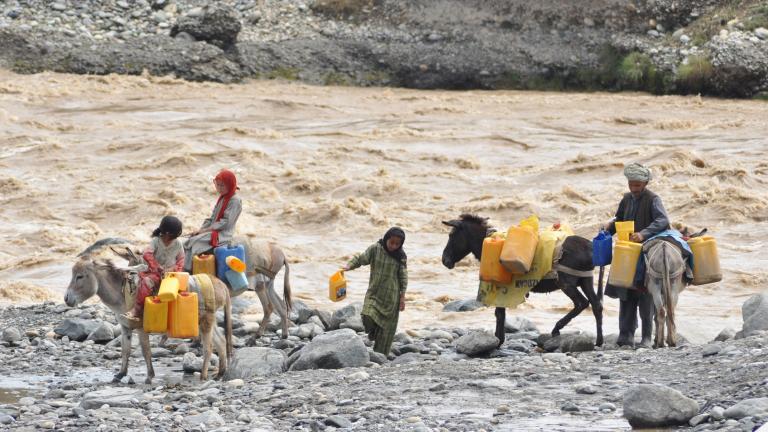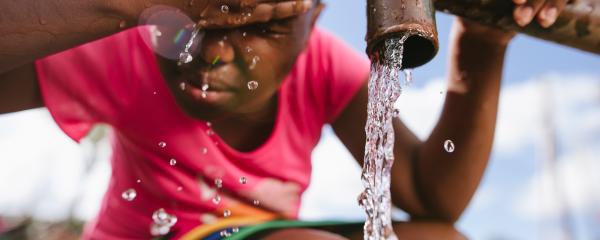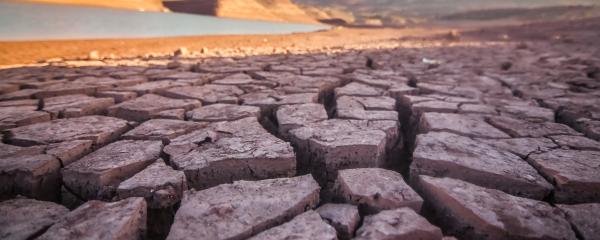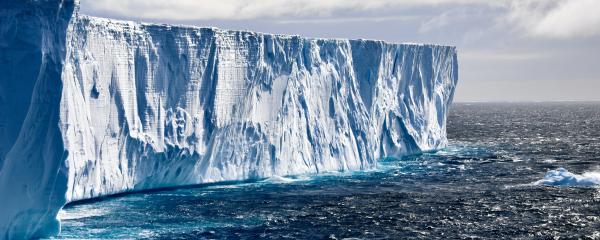Water Resource Management

Challenge
Sustainable Development Goal 6 seeks to ensure availability, quality and sustainable management of water and sanitation for all.
And yet, far too little is known about the true state of the world’s freshwater resources.
Water is vital for survival, but an over- or under-supply can threaten life, societies and economies. As a result of climate change, the hydrological cycle is spinning out of balance. Droughts and flood events are becoming more frequent and extreme and wreaking a heavy toll on lives and economies.
Melting snow, ice and glaciers have increased hazards like floods and threaten long-term water security for billions of people in densely populated parts of the world.
Currently, 3.6 billion people face inadequate access to water at least a month per year and this is expected to increase to more than 5 billion by 2050.
Climate change will further exacerbate these conditions and increase our vulnerability to water-related disasters.
Lack of sufficient water resources is also hampering economic development. The renewable energy sector is often particularly thirsty. Biofuel, hydrogen and energy storage technologies, needed to smooth fluctuations from wind and solar, are water intensive.
Response
WMO promotes improved monitoring, data-sharing and management, cross-border collaboration and assessments of water resources – and an accompanying increase in investments to facilitate this.
WMO also assists National Meteorological and Hydrological Services (NMHSs) to establish and maintain systems for acquiring and disseminating accurate and timely information on the water cycle as well as NMHSs’ capacity development for formulating integrated water-resource management strategies.
This helps countries to evaluate their water resources and take necessary measures to mitigate the risks of floods including flash flood and droughts.
The WMO HydroSOS – The Global Hydrological Status and Outlook System will monitor and predict global, regional and national freshwater hydrological conditions. Once operational, this worldwide system will regularly report: the current global hydrological status, including groundwater, river flow, soil moisture and snow and ice; an appraisal of where the current status is significantly different from ‘normal,’ for example indicating potential drought and flood situations; and an assessment of whether this is likely to get better or worse over the coming weeks and months.
WMO has a vision and action plan for hydrology that builds on eight long-term ambitions:
No one is surprised by a flood
Everyone is prepared for drought
Hydroclimate and meteorological data support the food security agenda
High-quality data supports science
Science provides a sound basis for operational hydrology
We have a thorough knowledge of the water resources of our world
Sustainable development is supported by hydrological information
Water quality is known
Water is at the heart of the Early Warnings for All initiative and at the heart of Climate Action.




